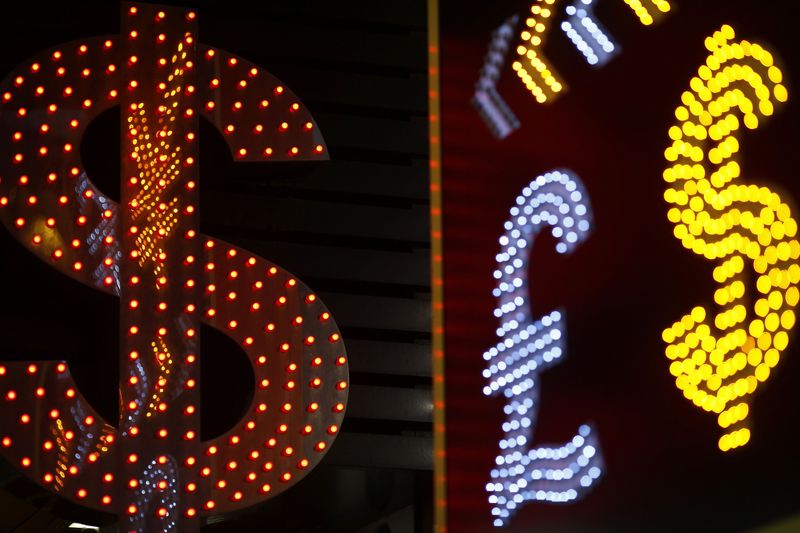SYDNEY, June 29 (Reuters) - The Australian and New Zealand dollars were tied to tight ranges on Monday as a surge in coronavirus cases globally and the re-imposition of curbs to stop its spread sapped demand for riskier assets.
California ordered some bars to close on Sunday, following similar moves in Texas and Florida. In Washington state and the city of San Francisco authorities have paused re-opening plans. situation is looking a little dicey at home too with Australia recording its biggest daily rise in COVID-19 cases in 2 months on Monday. about the global economy pushed the trade-exposed Australian and New Zealand dollars near the bottom of ranges they have held for several weeks.
The Aussie AUD=D3 was a shade higher at $0.6881 and the kiwi NZD=D3 at $0.6432.
Both are set for monthly gains of roughly 3% as the rising risks to the global recovery have stalled rather than reversed their steep rally.
The Aussie is finding support around Friday's low of $0.6841. Resistance lies around 0.6878.
"The Australian dollar has started the new week slightly lower after another big sell-off in U.S. markets left the local currency vulnerable to selling," said Steven Dooley, currency strategist at Western Union Business Solutions.
"The AUD/USD neared key support at the one-month lows - a level likely to be closely watched this week," he added.
New Zealand government bonds 0#NZTSY= rose, sending yields about 2.5-3 basis points lower at the long-end of the curve.
Australian government bond futures were mostly flat, with the three-year bond contract YTTc1 at 99.715 and the 10-year contract YTCc1 at 99.1100.
Investor attention this week will be on Chinese factory activity data due Tuesday. As well, the U.S. monthly non-farm employment report on Friday will be seen as critical after the last reading handily beat expectations.
On Tuesday, Reserve Bank of Australia Deputy Governor Guy Debelle will give a speech on policy actions and balance sheet at 0230 GMT. (Editing by Shri Navaratnam)
